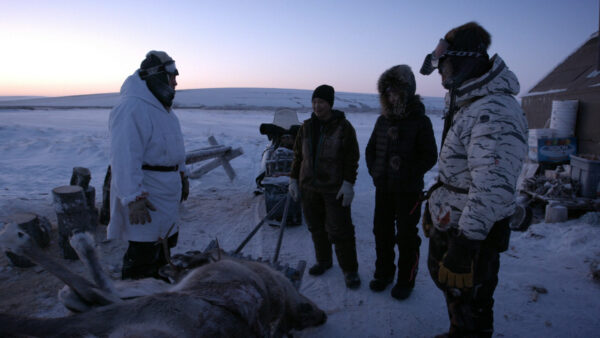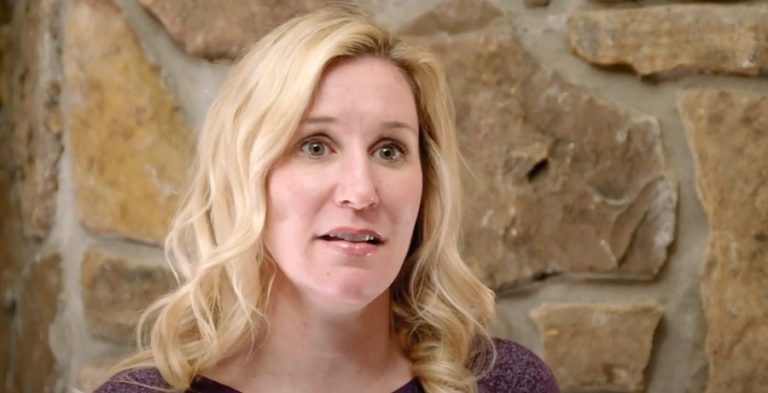‘Life Below Zero’ stands as a captivating documentary television series that immerses viewers in the daily struggles of survivalists navigating the unforgiving Alaskan wilderness. While few are naturally inclined towards the off-grid lifestyle, these resilient individuals provide a glimpse into how they not only adapt but thrive in the challenging sub-zero-degree environment and face various perils inherent to the extreme Alaskan terrain. Across each season, the show introduces a diverse set of Alaskan residents, showcasing their resourcefulness as they confront the constant threats of wildlife attacks and endure the harsh realities of freezing winters.
The show’s compelling content has led to an impressive fourteen-season run, accompanied by multiple Emmy Awards recognizing its outstanding editing and breathtaking cinematography. With such an engaging narrative, many viewers inevitably wonder about the actual filming locations of ‘Life Below Zero.’ Let’s delve into that intriguing aspect and provide you with the details!
Where Life Below Zero Is Filmed?
Life Below Zero unfolds its Alaskan tales against the backdrop of the vast and challenging landscape of the state. Delving into the specifics of the filming locations, the production crew ventures into various major and remote areas, meticulously capturing the day-to-day lives of the resilient residents scattered across the Last Frontier.
Throughout its fourteen seasons, the show has explored almost every nook and cranny of the region, guided by the diverse locations where the cast members reside. Sue Aikens, for instance, showcases her life at Kavik River Camp, nestled alongside the brisk Kavik River, a staggering 197 miles north of the Arctic Circle near the Arctic National Wildlife Refuge.
The crew seamlessly transitions between different locales to document the experiences of other cast members. Chip and Agnes Hailstone’s home along the Kobuk River in Noorvik, north-west Alaska, becomes a focal point. Fisherman and hunter Jessie Holmes welcomes the crew to the home-rule city of Nenana, situated in the heart of Alaska. Andy Bassich’s life unfolds on the Yukon River, near Eagle City, while Alaskan Athabaskan Ricko DeWilde resides in an isolated cabin near Huslia city in the Yukon-Koyukuk Census Area. The fourteenth season continues to unfold across all these captivating places.

For Glenn Villeneuve’s segments in season 11, the crew treks to Chandalar in the Brooks Ranges, 200 miles north of Fairbanks. Erik Salitan, who departed from the show in 2016, had his life documented in Wiseman, Alaska, situated 67 miles north of the Arctic Circle. The crew faces numerous challenges, from the constant threat of animal attacks and frostbite to the technical equipment’s vulnerability in the below-zero temperatures.
Each episode demands four days of filming, requiring the four-person technical team to lug over 2000 pounds of gear, including essentials like warm gloves, coolers, and cases. Navigating the vast expanse from one location to another, the crew relies on snow machines. With a lack of hotels in the wilderness, team members endure long days, spending 12-14 hours in tents after completing their filming.
Cinematographer Michael Cheeseman sheds light on the unique challenges, mentioning, “At about negative 22-25 degrees, the camera just doesn’t work anymore.” He emphasizes the importance of personal body heat in keeping batteries warm, given the frequent technical challenges in the extreme cold. Despite the setbacks, the crew has become adept at fixing equipment on the spot, ensuring the captivating stories of Life Below Zero continue to unfold in the rugged Alaskan wilderness.



0 Comments